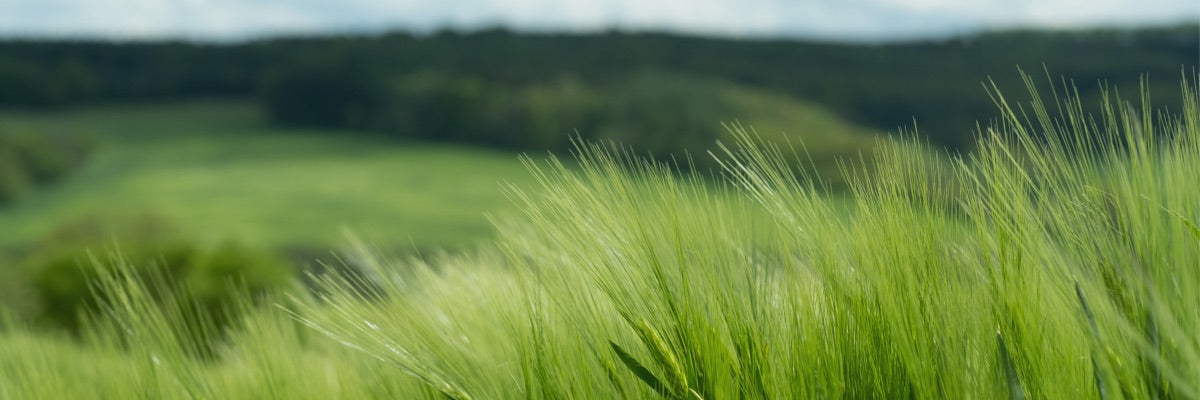
SUSTAINABILITY
The James Trading group is committed to improving our sourcing and productions across operations to deliver on our goals of sustainable packaging in both the European and US markets. Our strategy is built on three objectives; optimising resources, using carbon sequestering renewable certified materials, and designing for a circular economy.
In order to achieve this goal, The James Trading Group have set out five key actions to support our objectives, using the “R’s” principle.
1. Reduce: amount/unnecessary packaging materials used throughout all services.
2. Reuse: any inbound packaging we receive and promote this throughout our networks.
3. Return: Any packaging from customer returns will be reused or repurposed throughout all
services.
4. Recycle: Use products containing mono-materials for maximised recycling, whilst also informing our customers on how to dispose of our packaging correctly.
5. Regenerate: Use certified plant-based materials for zero net deforestation, reduce material use from virgin (new) resources, and commit to regeneration initiatives.
We aim to deliver our products in either recycled and/or recyclable packaging wherever possible, with recognised certifications for a transparent chain of custody. We are currently developing targets for other facets of our operations in line with our partners sustainability goals.
With these goals in mind, The James Trading Group are committed to overcoming challenges with the products we offer, the substitutions we make, and commitments to different initiatives.
How product design impacts our packaging choices:
Most glassware still arrives in a semi-robust card-based packaging, not providing
immediate cushioning for the product itself. This results in a high amount of consumption for e-commerce packaging materials. By switching to certified paper cushioning and biodegradable packing chips, we have been able to eliminate the use of bubble wrap for protection and void fill, resulting in a significant change to single-use materials within our shipments. Based on our current projections, we will be eliminated 117 American Football fields in length of
bubble wrap a year, and that’s just for US single glass sales!
How we minimize the amount of packaging we use:
Within our initial packaging assessment, we were able to highlight that our box sizing had not been changed in many years. By sourcing modular sized flatpack boxes, we
have saved between 30-40 cardboard boxes worth of corrugated card per sizes,
per year. We’ve also swapped out plastic packing tape for sealing our boxes
with a natural rubber Kraft paper tape, with our US distribution using a reinforced water activated Kraft tape.
How we’ve moved towards net zero deforestation for our packaging solutions:
A significant proportion of our packaging consists of fibre derived from wood. As part of our packaging strategy, JTG have set a goal to ensure none of our wood or fibre-based packaging materials contribute
to deforestation. Our packaging throughout Europe are manufactured within the
EU and comply with all production legislation with no intentional additives such as PFO’s or PFOA’s. Our boxes for US customers are fully recyclable, and we’re looking to partner that can help replace our existing packaging approach.
We endeavour to assess the practices of our suppliers and the characteristics of our packaging in a yearly review to help meet measures for a net zero deforestation. This allows us to increase the volume of packaging we use with sustainable forestry certifications, approved
by various institutions that uphold strict requirements.
How we substitute plastics in our packaging solutions:
We have historically used air filled plastics for cushioning and void fill, polybags for apparel and small products, and plastic tape for sealing our
boxes. Whilst these products are hardwearing, they are derived from petroleum-based materials (PET) that take hundreds of years to decompose and shed harmful microplastics.
Our aim is to completely phase out any single use plastic in our packaging, replacing bubble wrap and plastic bubble mailers wherever possible with certified cellulose and recycled paper pulp packaging. This includes using die cut cushioning paper from our partners, made from
sustainable forestry sources and water-soluble corn-starch packing chips produced
in both the UK and US.
How we maximize recycling of our packaging:
The James Trading Group have committed to sourcing as many single material (monomaterial) packaging products as possible, and will highlight this through our delivery network. We are committed to cutting through the complexity of recycling, allowing easy disposal of our packaging in the most environmentally conscious way possible.
Our approach to reusable packaging:
The James Trading Group plans to reuse as many of our packaging materials as
possible, within our internal operations this greatly reduces the number of carriers and other third-party services to dispose of packaging, and creating our own circular systems. Whilst there are challenges associated with this
through the EU and US, we are committed to ensuring we are doing our part to support our customers and their recycling efforts.